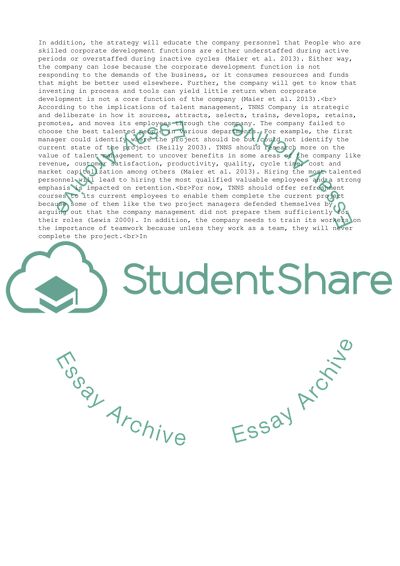Cite this document
(Managing people Assignment Example | Topics and Well Written Essays - 2000 words, n.d.)
Managing people Assignment Example | Topics and Well Written Essays - 2000 words. https://studentshare.org/human-resources/1835058-managing-people
Managing people Assignment Example | Topics and Well Written Essays - 2000 words. https://studentshare.org/human-resources/1835058-managing-people
(Managing People Assignment Example | Topics and Well Written Essays - 2000 Words)
Managing People Assignment Example | Topics and Well Written Essays - 2000 Words. https://studentshare.org/human-resources/1835058-managing-people.
Managing People Assignment Example | Topics and Well Written Essays - 2000 Words. https://studentshare.org/human-resources/1835058-managing-people.
“Managing People Assignment Example | Topics and Well Written Essays - 2000 Words”. https://studentshare.org/human-resources/1835058-managing-people.


